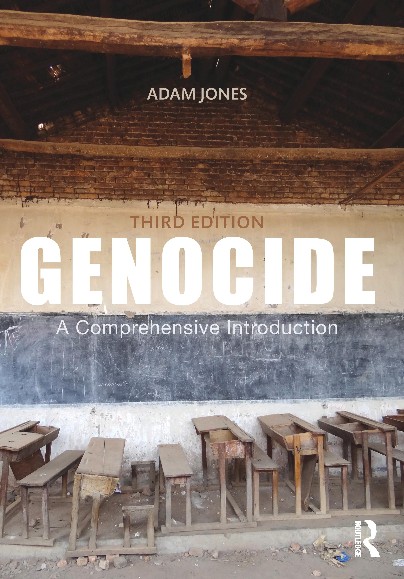 |
"Efforts are underway to update the exhibitions at Auschwitz. Above, Piotr Cywinski, the director of the Auschwitz-Birkenau State Museum." (Piotr Malecki/The New York Times) |
By Michael Kimmelman
The New York Times, February 18, 2011
"For nearly 60 years, Auschwitz has told its own story, shaped in the recent aftermath of the Second World War. It now unfolds, unadorned and mostly unexplained, in displays of hair, shoes and other remains of the dead. Past the notorious, mocking gateway, into the brick ranks of the former barracks of the Polish army camp that the Nazis seized and converted into prisons and death chambers, visitors bear witness via this exhibition. Now those in charge of passing along the legacy of this camp insist that Auschwitz needs an update. Its story needs to be retold, in a different way for a different age. Partly the change has to do with the simple passage of time, refurbishing an aging display. Partly it's about the pressures of tourism, and partly about the changing of generations. What is the most visited site and the biggest cemetery in Poland for Jews and non-Jews alike, needs to explain itself better, officials here contend. A proposed new exhibition at the Auschwitz-Birkenau State Museum here, occupying some of the same barracks or blocks, will retain the piled hair and other remains, which by now have become icons, as inextricable from Auschwitz as the crematoria and railway tracks. But the display will start with an explanatory section on how the camp worked, as a German Nazi bureaucratic institution, a topic now largely absent from the present exhibition, which was devised by survivors during the 1950s. Back then they wished to erase the memory of their tormenters, as the Nazis had tried to erase them, so they said as little as possible in their exhibition about the Germans who had conceived and run the camp. They focused on mass victimhood but didn't highlight individual stories or testimonials of the sort that have become commonplace at memorial museums as devices to translate incomprehensible numbers of dead into real people, giving visitors personal stories and characters they can relate to.
Those piles, including prostheses, suitcases and so on, also stressed the sheer scale of killing at a time when the world still didn't comprehend, and much of it refused to admit to, what really happened here. As Marek Zajac, a 31-year-old Polish magazine editor who serves as secretary for the International Auschwitz Council, pointed out: 'People who visited after the war already knew what war was, first hand. They had lived through it. So the story of a single death did not necessarily move them, because they had seen so much death, in their families and in the streets, whereas the scale of death at Auschwitz was shocking.' The new exhibition would go on to describe the process of extermination, leading visitors step by step through what victims experienced, and end with a section on camp life, meaning the 'daily dehumanization and attempts to keep one's humanity,' said Piotr Cywinski, the bearish, red-bearded 39-year-old Polish director of the Auschwitz-Birkenau State Museum. 'If we succeed we will show for the first time the whole array of human choices that people faced at Auschwitz,' he explained. 'Our role is to show the human acts and decisions that took place in extreme situations here -- the diversity of thinking and reasoning behind those decisions and their consequences. So, we may pose the question, should a mother give a child to the grandmother and go to selection alone, or take the child with her? This was a real choice, without a good solution, but at Auschwitz you had to make the choice.' A barrack once used for sterilization experiments, one of the few left nearly undisturbed since the war, may be reopened, and a new visitor center, replacing the cramped one in use today, constructed to handle crowds. There will be few bells and whistles, Mr. Cywinski insisted, few if any videos or touch-screens in the main galleries, which would be impractical for masses of people. Nothing must overshadow the evidence of the site itself, he stressed. ... That changes to Auschwitz must entail first of all calculating how to move increasingly large masses of people more efficiently, effectively and swiftly through the site is an uncomfortable turn of history lost on no one here. An explosion of mass tourism, dark tourism and education programs in Europe and elsewhere that send students abroad, has tripled the number of visitors to Auschwitz over the last decade. Some 450,000 people a year visited Auschwitz in 2000. Last year, that number was 1.38 million. [...]"














No comments:
Post a Comment
Please be constructive in your comments. - AJ